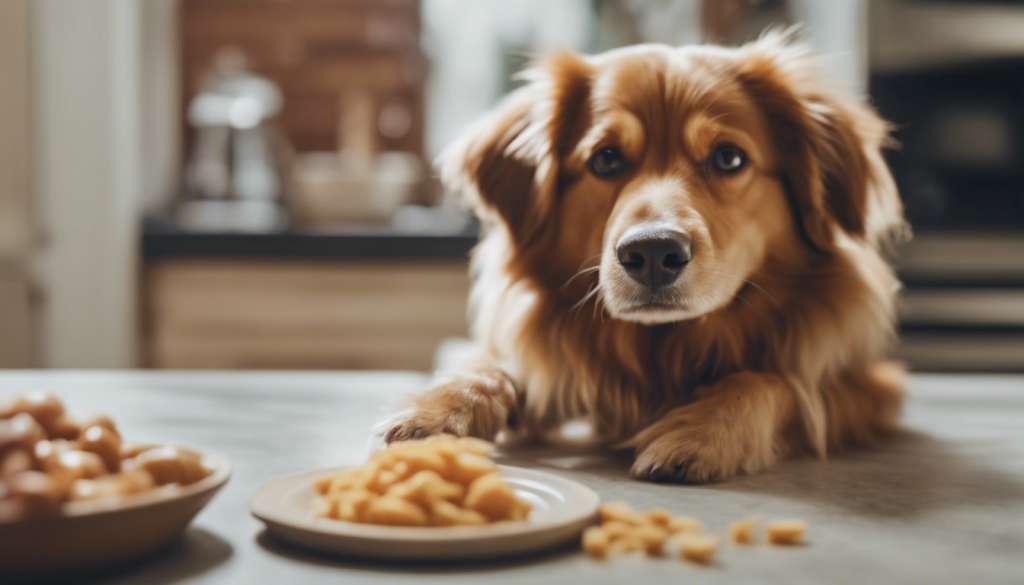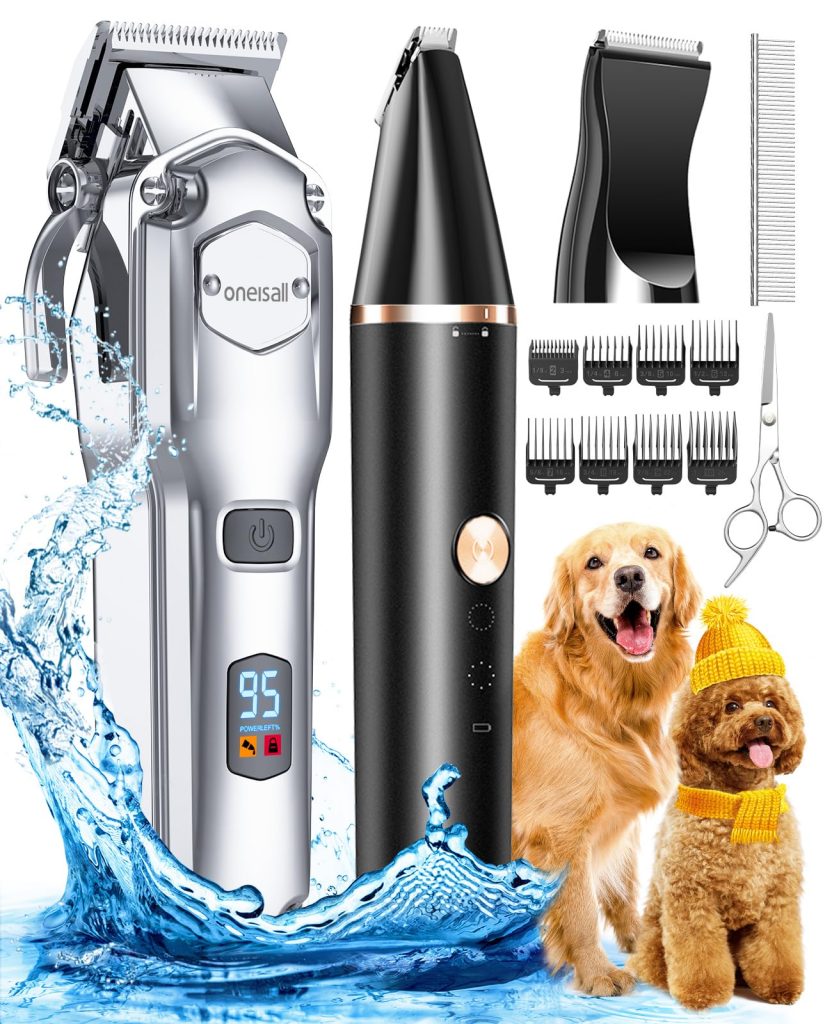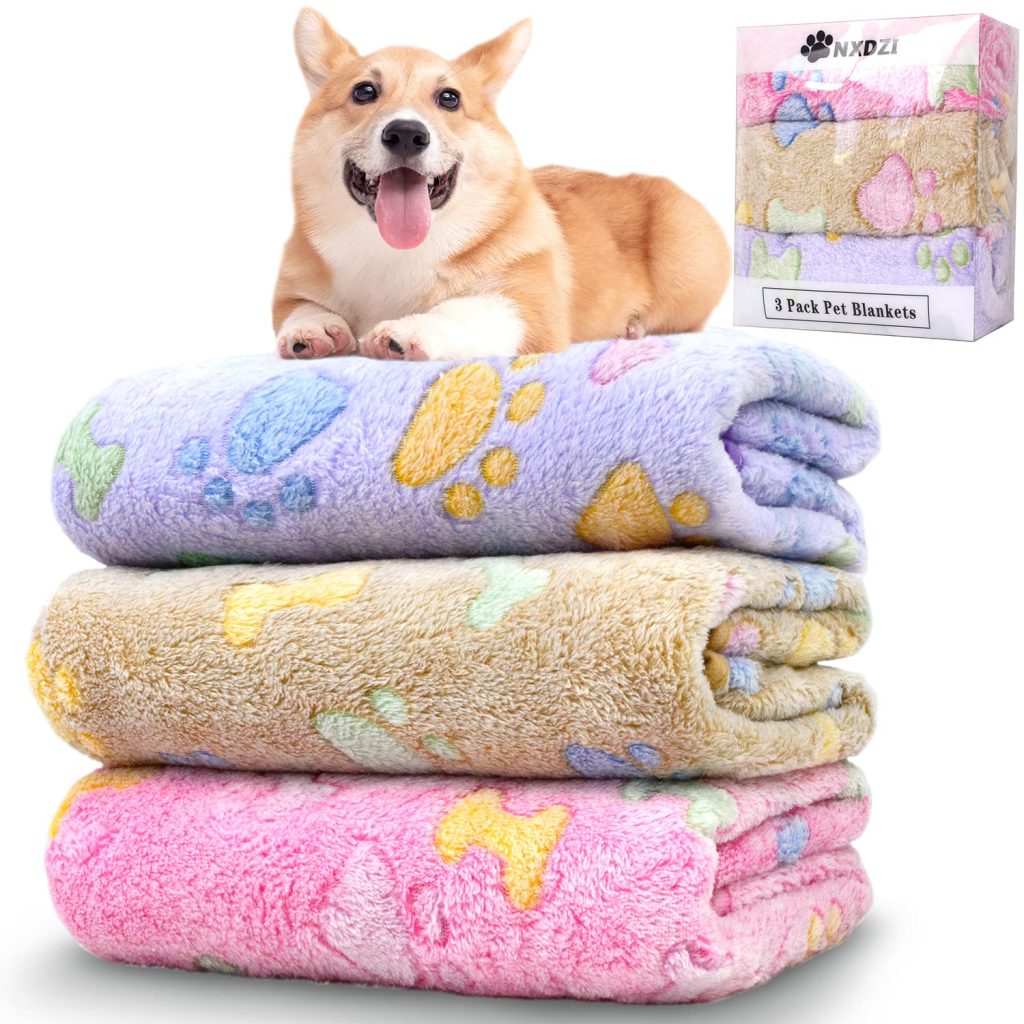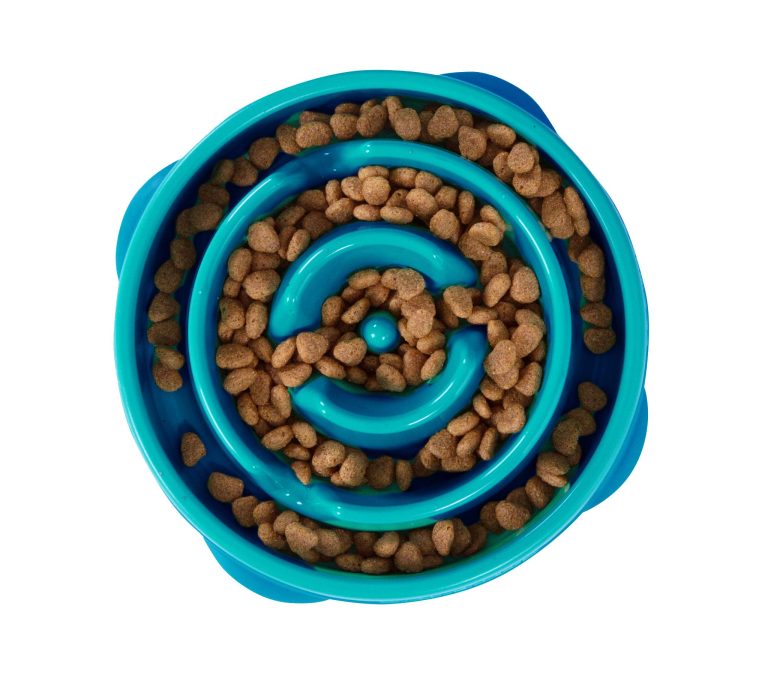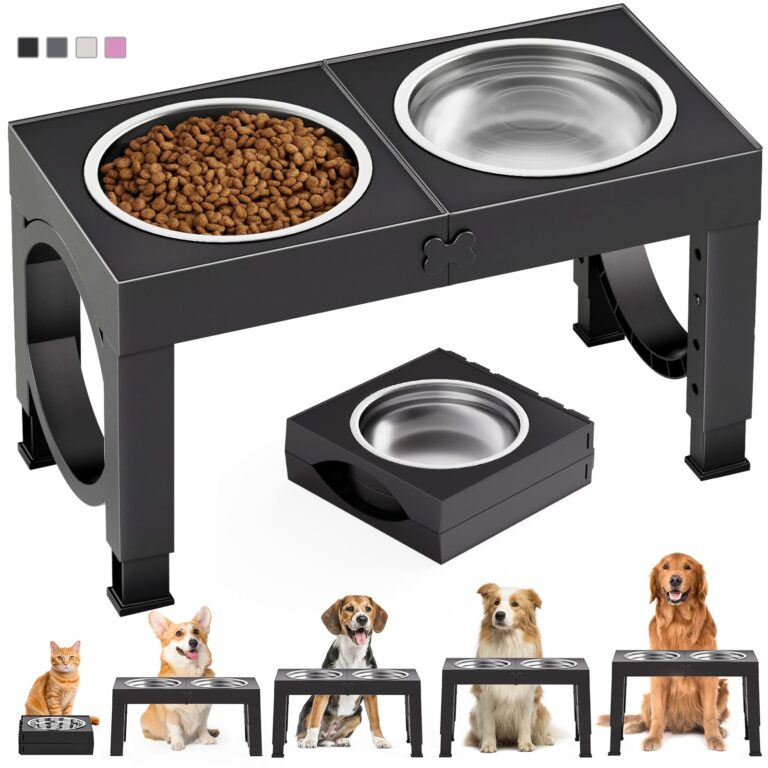Training Your Dog to Be a Polite Restaurant Companion
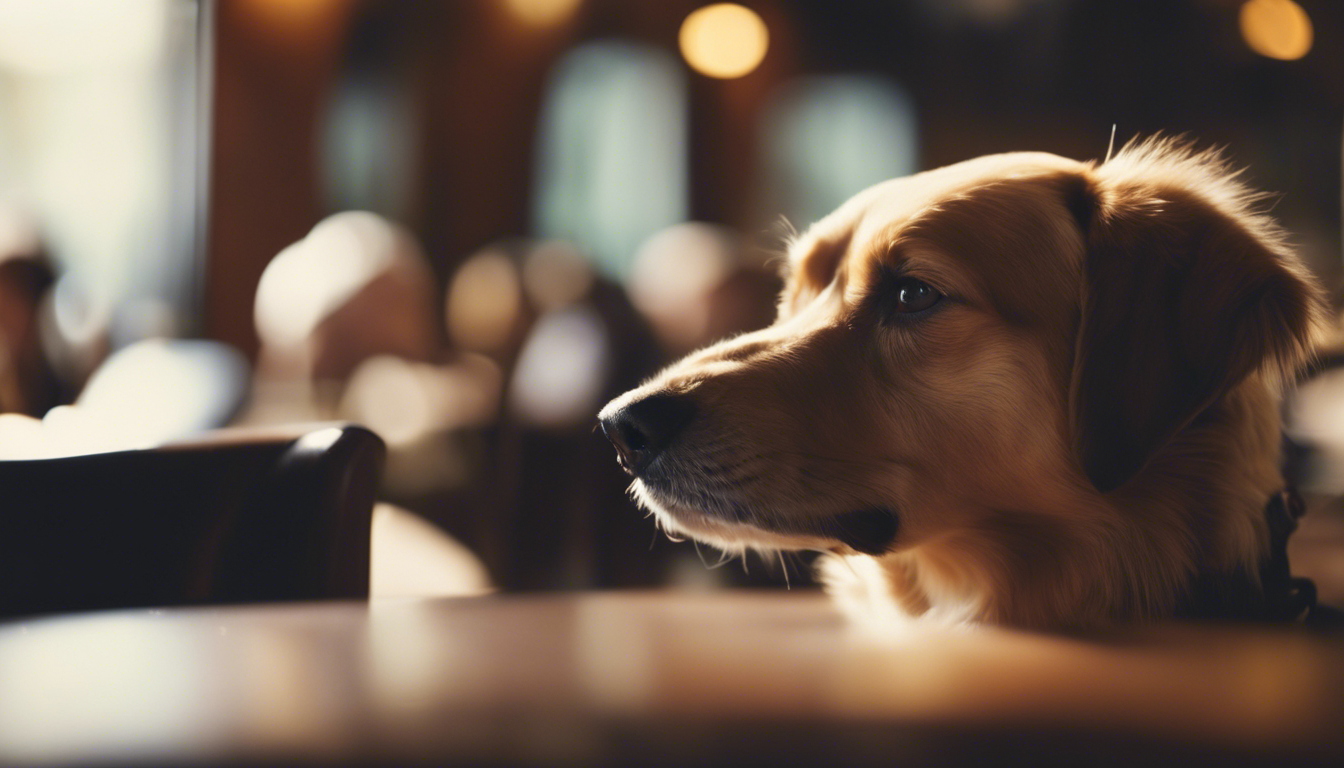
Understanding Dog-Friendly Restaurant Etiquette
Picture this: a sunny afternoon, a plate of your favorite dish in front of you, and your furry best friend by your side, people-watching and soaking in the ambiance at a dog-friendly eatery. Sounds ideal, right? But before you both get comfy on that patio, it’s vital to brush up on the unspoken rules of bringing your pup along to a dining establishment.
First and foremost, let’s talk about the leash. Keeping your dog on a short leash is not just about abiding by the restaurant’s policies—it’s about respecting the personal space of other diners and wait staff. Nothing can ruin a good meal faster than an unexpected slobber from someone else’s canine. Your dog may also be the calmest critter on the block, but a surprise squirrel sighting could turn a peaceful meal into a table-tipping fiasco if Fido isn’t reigned in.
Next up, comfort zones. Just like people, dogs have varying degrees of comfort around strangers or hectic environments. Your pup might adore attention, but not everyone is comfortable having dogs close while dining. Be considerate and keep your pet close to you, ideally settling at your feet or under the table—this way, you’re not infringing on anyone else’s space.
And while we love treating our pets, never assume table scraps are welcome additions to their diet. Some foods that are perfectly fine for human consumption can be harmful to dogs. It’s alright to bring along a small chew toy or bone to keep them occupied while you eat; just ensure it’s not disruptive or messy.
Lastly, other diners may not be as enamored with your dog as you are. Understand that not everyone’s a dog-person and respect their choice to dine without doggie interruptions. That means keeping barking in check and not permitting any over-excited greetings without an invitation.
Dog-friendly doesn’t mean dog-dominant. By following these simple etiquette tips, you can help ensure that everyone at the restaurant has a paw-some experience!
Essential Commands for Dine-Out Obedience
When venturing out to a dog-friendly dining spot, mastering a few basic commands can make the experience smoother and more enjoyable for you, your pooch, and your fellow diners. Begin by reinforcing the fundamental ‘sit’ and ‘stay’ commands. These two form the cornerstone of good tableside manners, signaling to your dog that it is time to settle down beside your chair and not wander off to greet other patrons or pets. A well-timed ‘sit’ can prevent overexcited leaps towards passersby or other dogs, promoting a calm atmosphere.
It’s also incredibly helpful to work on the ‘down’ command. Having your furry friend lie down and stay put decreases their visibility and helps them relax. It keeps them out of the server’s path when food is being brought to the table, reducing the chances of accidents or spills. Imagine enjoying your meal uninterrupted with your dog peacefully dozing at your feet, undisturbed by the clinking of dishes or movements of other guests.
‘Leave it’ is another must-have in your obedience arsenal, especially with so many interesting smells and potential scraps around. It’s essential to communicate to your dog that they’re not allowed to pick up anything off the ground or snatch food from the table or any passing wait staff. Practicing this command can prevent any awkward apologies to your server for a missing bite from their order pad!
To help avoid any noisy disruptions, encouraging ‘quiet’ on command can be invaluable in a lively restaurant setting, particularly if your pooch tends to vocalize their excitement. It’s an excellent way to nip barking in the bud without resorting to scolding, which can create anxiety and further unwanted behavior.
Lastly, practicing a solid ‘come’ command assures that should your dog somehow slip away or get distracted, you can confidently call them back to your side without having to chase after them, causing a scene.
Regularly practicing these commands in various environments will help cement them, with positive-reinforcement training methods such as treats and praises being particularly effective. Remember, training should be as enjoyable for your dog as dining out together is for you. The goal is not just obedience, but boosting your dog’s confidence and sociability—one paw-sitive dining experience at a time.
Desensitization and Socialization Techniques
Becoming a social butterfly isn’t exclusive to humans—our four-legged companions can learn the art of mingling too. The secret sauce? Desensitization and socialization, my dear pet parents! Let’s get down to the nitty-gritty on how to transform your dog into the life of the patio-party, without the paw-tential drama.
Ponder of desensitization as the slow and steady introduction to the hustle and bustle of the outside world. To kick things off, start by taking casual strolls past restaurants and outdoor dining areas. Let your pooch peek into this world from a distance where they feel safe. Gradually move closer as they become more relaxed around the sights, sounds, and oh-so-tempting smells. This gradual build is like leveling up in a game—each stage brings new challenges and rewards.
And speaking of rewards—treats! Use those tasty tidbits to create positive associations with each new and potentially overwhelming stimuli. Hear a clinking plate? “Good dog!” Here’s a treat. A stranger walks by? Another treat for staying cool, calm, and collected. Just make sure these treats are healthy and pooch-approved, so as not to upset their tummy.
Socialization is about exposing your tail-wagger to a variety of experiences, places, and faces—both human and canine. Arrange playdates with other well-behaved doggos. Visit dog parks or schedule strolls with friends who have pets. The key is diversity—you want your pup to know the world is full of friends, not foes. But remember, not all dogs play nice right away, so always keep an eye out for signs of stress or aggression.
Now, not all socialization has to be done outside. You can bring the party home too! Host a mini-mixer and invite your buddies over (with dogs if possible). This way, your furry friend learns that guests are welcomed with wagging tails instead of woofs. These at-home social sessions not only make your pet party-ready but also get them used to new faces in their territory.
Lastly, always give your best bud a safe space—a doggy den if you will—where they can retreat if things get too ruff. Just like you might need a breather from a crowded room, your pet might appreciate an occasional escape from the limelight. A portable crate or a special mat can serve as their haven amidst the chaos.
The goal here isn’t to create a dog that simply tolerates these experiences but one that relishes them with a wagging tail and perked ears. With a dash of patience, a sprinkle of persistence, and a heap of love, your dog will be ready to grace any dog-friendly venue with impeccable grace and charm—or at least not cause canine chaos!
Managing Mealtime Manners and Unexpected Behavior
When it comes to maintaining polished mealtime manners at a dog-friendly restaurant, the key is preparation and understanding of how to handle surprises that might pop up. It all starts with a consistent routine before you even set foot outside your home. Give your pooch a chance to work out their energy with a good walk, so they’re less likely to act out when you settle down for your meal. An exercised dog is a calmer companion who’s ready to relax quietly while you dine.
Once at the restaurant, pick a strategic spot that can serve as your dog’s base, ideally a corner or an end table that’s out of the main traffic area. Not only does this provide your furry friend with a clearer sense of their own space, but it also minimizes their interaction with service staff and other guests, warding off unexpected behaviors.
But what about those unpredictable moments? Say Fido gets a whiff of another patron’s burger and starts to get antsy—or worse, begins soliciting food with those irresistible puppy eyes. It is time for distraction tactics! Have a quiet toy or treat this is specifically saved for these outings to divert their attention away from tantalizing table fare. Just ensure it’s something that won’t cause a mess or make noise that would disturb other diners.
Sudden loud noises or unfamiliar dogs passing by might startle your pet, risking a bark or a leap. In these instances, stay calm and redirect their attention with a soft command or gentle reassurance. Your composure sets the tone for their reaction. If your pup does bark, a simple “quiet” command is important, followed by praise when they comply to reinforce the good behavior.
If an incident does happen—and let’s face it, no dog is perfect—apologize swiftly to those affected and take immediate action to correct your dog’s behavior. This might include a brief time-out or a refresher on “sit” and “stay.” Keep a firm yet gentle hand; staying positive is far more effective than punishment which could exacerbate stress for your pet.
In the event your dog seems overly stressed or agitated, don’t force them to stay. Sometimes the kind option is to call it quits and try again another day. Remember, each outing is an opportunity for learning and improvement, not just for your dog, but for you as a pet parent too.
Lastly, keep in mind that dogs are creatures of habit. The more consistently you dine out with them, the more accustomed they’ll become to the environment and expectations. Each successful dining experience builds upon the last, forging an unwavering bond between canines and their humans while sharing the simple joy of a meal out together.
